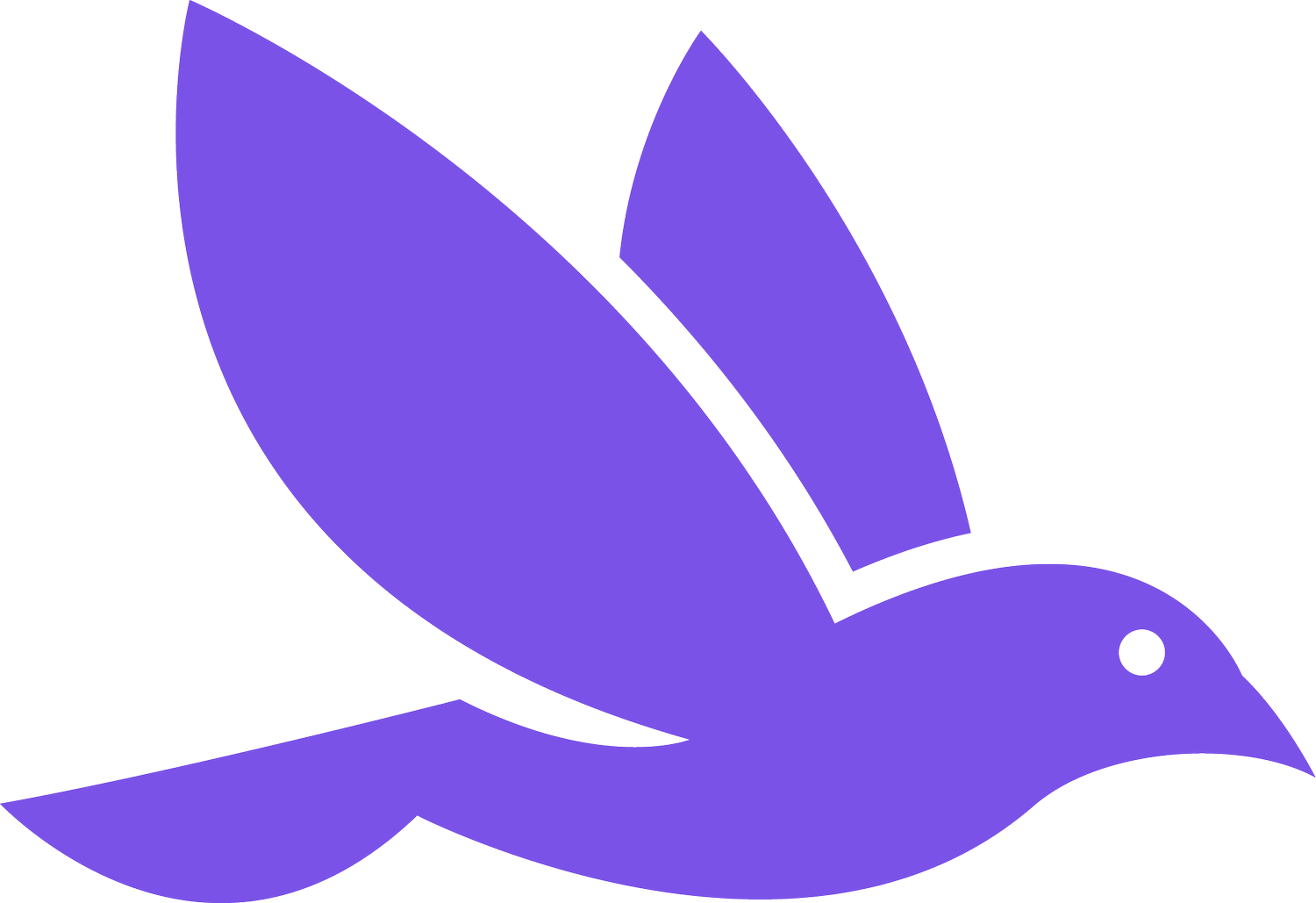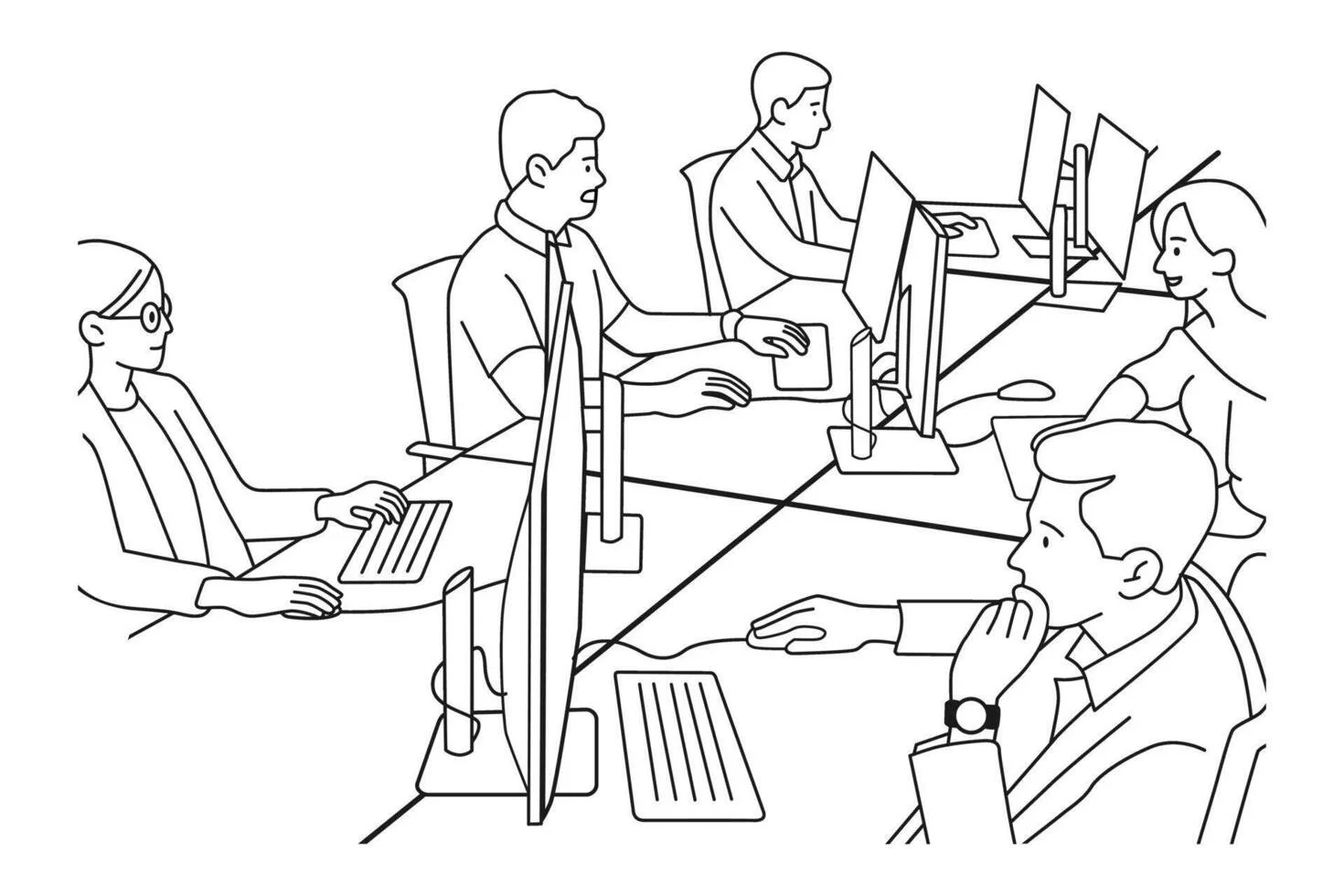From Strangers to Supporters: How the Next 6 Weeks Determines Giving Tuesday Success
Have you seen the numbers?
New donor growth is up 61% year-to-date compared to 2024.
Millennials have nearly doubled their share of new donors, now representing 24% of first-time supporters.
Two-thirds of these younger donors are new to their communities in the last three years—they're discovering public media digitally, not through broadcast listening habits formed over decades.
The numbers (from CDP) tell us something important: people want to support public media right now. But here's what determines whether that support reaches your station: Do these potential donors already know you when Giving Tuesday arrives, or are they discovering you for the first time in a crowded moment?
The difference between a good Giving Tuesday and a record-breaking one isn't luck. It's the relationships you build in the weeks before. When federal funding threats emerged earlier this year, most stations were processing the shock. Others raised record sums because they'd already built the digital infrastructure to reach supporters immediately. They were ready when it mattered.
Here we outline how to use the next eight weeks to build your own foundation—both for Giving Tuesday and for sustainable digital fundraising beyond it.
What to understand before you start
Most stations only invest in outreach during drives—a week in spring, a week in fall, maybe year-end. But supporters need multiple touchpoints before they trust and give. Here's the context that changes your approach:
Giving Tuesday and year-end builds the case for what digital can do
Use this season to demonstrate real returns to your board and leadership. We haven't seen less than a 9x return from digital campaigns for any broadcast-supported campaign we’ve supported in the last three years. When your fundraising team can show that this investment delivers consistent results, you get the leverage you need to secure more resources for Spring campaigns and beyond. This is how the flywheel starts: prove it works once, unlock budget to do it again, build momentum that transforms your entire approach. The question: What if you could prove your digital strategy before deciding next year's budget?
Digital is the only cost-effective way to stay in conversation
On-air fundraising and digital work hand-in-hand—they're not competing approaches. But here's the reality: you can't afford to stay in conversation with warm prospects through traditional channels in the weeks leading up to Giving Tuesday. Imagine the cost of mailing to every potential supporter weekly for two months. Digital lets you do this for pennies per person. Someone who's seen your mission stories and journalism 5+ times over eight weeks is fundamentally different from someone discovering your station for the first time on Giving Tuesday. The next 6 weeks are about building those relationships cost-effectively so your ask lands with people who already know and value your work.
The infrastructure you build now sustains you when urgency fades
Right now, public attention and donor intent are high. But that won't last forever. Stations investing in digital infrastructure during this moment will have the systems in place when acute interest normalizes. This isn't just about one big day—it's about building the foundation for how you'll reach supporters in 2026 and beyond.
What to do in the next 6 weeks
We've walked through detailed Giving Tuesday setup before, including data, case studies, and step-by-step execution. Below is your simplified 6-week preparation focused on the actions that make the biggest difference:
1. Start with Google Ads account setup (do this first)
Open a paid Google Ads account—not a grant account, which has restrictions you can't afford during high-stakes moments (you get what you pay for!). Complete verification (this takes 2-3 weeks), add your payment method, and upload your station logo and imagery. Why this matters: When people search "where to donate for Giving Tuesday" or "support public radio," you want to show up—especially when those searchers already know you from previous touchpoints. Not sure where to start with setup? Our Giving Tuesday webinar walks through the technical steps.
2. Build your warm audiences on Meta (Facebook and Instagram)
Use Meta's preconfigured audiences—specifically "Community Issues" and/or "Current Events"—rather than trying to build your own custom targeting. Meta has already done this work, and these audiences align perfectly with public media supporters. Here's the critical detail that determines success: Only advertise on newsfeeds and vertical video placements (Stories and Reels). Turn off Marketplace, Messenger, and other placements. These are lower quality, inconsistent with your station's brand presence, and the main reason past Meta ad attempts felt like wasted money.
Even a few hundred dollars spent over the next two months builds audiences who recognize your mission when Giving Tuesday arrives. You can also upload your email subscriber list directly to Meta and target those supporters—this gets around the Gmail promotions tab problem and ensures you're connecting across multiple touchpoints.
3. Reconnect with existing supporters
Upload donor list segments to Meta to reach priority groups: new donors from earlier this year, one-time donors from past moments of urgency, and current members you'd like to see upgrade their support. Deliver tailored messages to each: gratitude and impact stories for recent donors, reminders of past support for one-timers, opportunities to deepen involvement for current members. This keeps you present with people who've already said yes to your mission. Simple, authentic content works best here—you're nurturing relationships, not launching complex campaigns.
4. Share your mission between now and November
Amplify your best content: journalism that matters, community impact moments, stories that demonstrate why your station is essential. Deliver this to the warm audiences you're building through the targeting above (especially by targeting the Engagers audience on Meta — more on that later). By the time Giving Tuesday arrives, your ask lands with people who've been reminded repeatedly why you matter. They're not strangers—they're supporters you've been in conversation with for two months.
5. Execute Giving Tuesday with confidence
When the day comes, you're reaching warm audiences who already know you, not competing with cold outreach in a crowded fundraising environment. That modest investment building relationships over 6 weeks becomes thousands—or tens of thousands—on Giving Tuesday itself. More importantly, you've proven that digital investment works, making it easier to secure budget for your next campaign.
Building for today and tomorrow
The donor growth data tells us something important: people are ready to support public media right now, and younger supporters are discovering stations digitally. There's room to reach significantly more people if you start building these relationships systematically rather than hoping they find you during drives.
But here's the bigger truth: acute public attention will eventually normalize. The infrastructure you build now—the audiences, the systems, the proof that digital investment delivers returns—becomes your competitive advantage when it does. Giving Tuesday isn't just a revenue opportunity. It's your chance to demonstrate what's possible and build the foundation for sustainable digital fundraising.
Successful stations were ready when federal funding threats emerged because they'd built the infrastructure beforehand. They weren't scrambling to figure out digital in a crisis moment—they were executing systems they'd already proven worked. The stations that will thrive in 2026 are the ones starting this work today, while the moment favors them.
Begin this week. The clock is already running.

